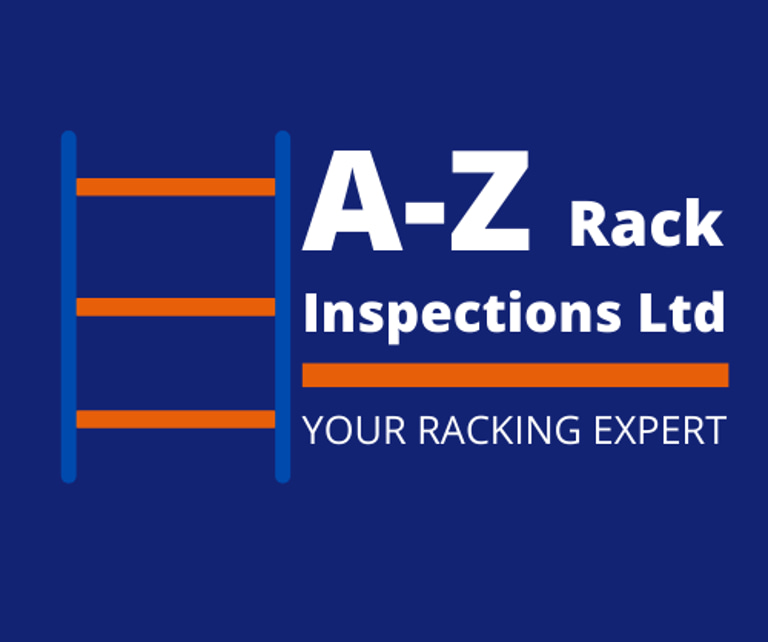
Safeguarding Your Warehouse: A Guide To Racking Safety
Need a Annual Racking Inspection by our SEMA Approved Racking Inspectors? Trust A-Z Rack Inspections Ltd - Call 07917 664940 or 07947 886161 today!!
Safeguarding Your Warehouse: A Guide To Racking Safety
Warehouse racking systems are essential for efficient storage, allowing businesses to maximise space while handling substantial loads. However, the bustling nature of warehouses—with forklift trucks operating around towering pallet racking—poses unique safety challenges. In this guide, A-Z Rack Inspections Ltd explores three critical areas to minimise risks and enhance warehouse racking safety.
Construction and Loading: Following SEMA Guidelines
Proper Installation: Ensure that racking systems are assembled by trained professionals following the guidelines set by the Storage Equipment Manufacturers’ Association (SEMA). Proper installation is fundamental to structural integrity and load-bearing capacity.
Manufacturer's Specifications: Always adhere to the manufacturer's guidelines for loading, modifications, and installation. We provide load data notices, which should be clearly visible to indicate maximum load weights and beam heights.
Safety Locks: Implement safety locks on all beams to prevent accidental dislodging, particularly in environments with high forklift activity.
Modification Approvals: Before adjusting beam levels, seek written confirmation from the racking manufacturer or supplier. Even minor modifications can impact the overall structural stability of the racking system.
Promoting Safe Behaviour Among Employees
Adequate Clearances: Enforce a minimum clearance of 75mm on the top and sides of each pallet load, as recommended by SEMA, to prevent accidental impacts and improve load stability.
Safe Driving Practices: Implement and strictly enforce rules regarding speed limits, safe driving, and adherence to floor markings. This is particularly crucial for forklift operators to reduce the risk of collisions with racking structures.
Protective Measures: Install removable column guards to shield racking frames from potential forklift damage, especially around exposed corner uprights.
Aisle Maintenance: Encourage all warehouse staff to keep aisles free from obstacles. Proper housekeeping reduces the likelihood of trips and falls while improving vehicle manoeuvrability and overall safety.
Regular Inspections and Repairs
Annual Racking Inspections: Schedule annual inspections by SEMA Approved Racking Inspectors to ensure compliance and detect potential issues before they escalate. Independent inspections provide an unbiased assessment of racking conditions.
Damage Reporting Culture: Foster a proactive approach to damage reporting. Whether it’s a minor scrape from a forklift or a noticeable beam deflection during stock checks, all damage should be reported and assessed promptly.
Pallet Condition Monitoring: Regularly inspect pallets before placing them on racks, as damaged pallets can jeopardise the stability of stored goods. Establish a system for identifying and removing defective pallets from circulation.
Immediate Repairs: If damage is detected, unload the affected racking bay and restrict its use until repairs are completed. Replacing damaged components with like-for-like parts is preferable to welding or splicing, ensuring structural integrity is maintained.
Conclusion
Warehouse racking plays a vital role in operational efficiency, but neglecting safety can lead to serious consequences. By adhering to SEMA guidelines, promoting safe employee behaviour, and conducting regular inspections with SEMA Approved Racking Inspectors, businesses can create a safer warehouse environment. Prioritising proactive safety measures not only protects personnel and inventory but also enhances long-term operational success. Trust A-Z Rack Inspections Ltd to support your warehouse safety needs with expert racking inspection services.
Request a Racking Inspection Quote
Get a Quote
With over 25 years of experience, our SEMA Approved Racking Inspectors offer nationwide racking inspection and training.


